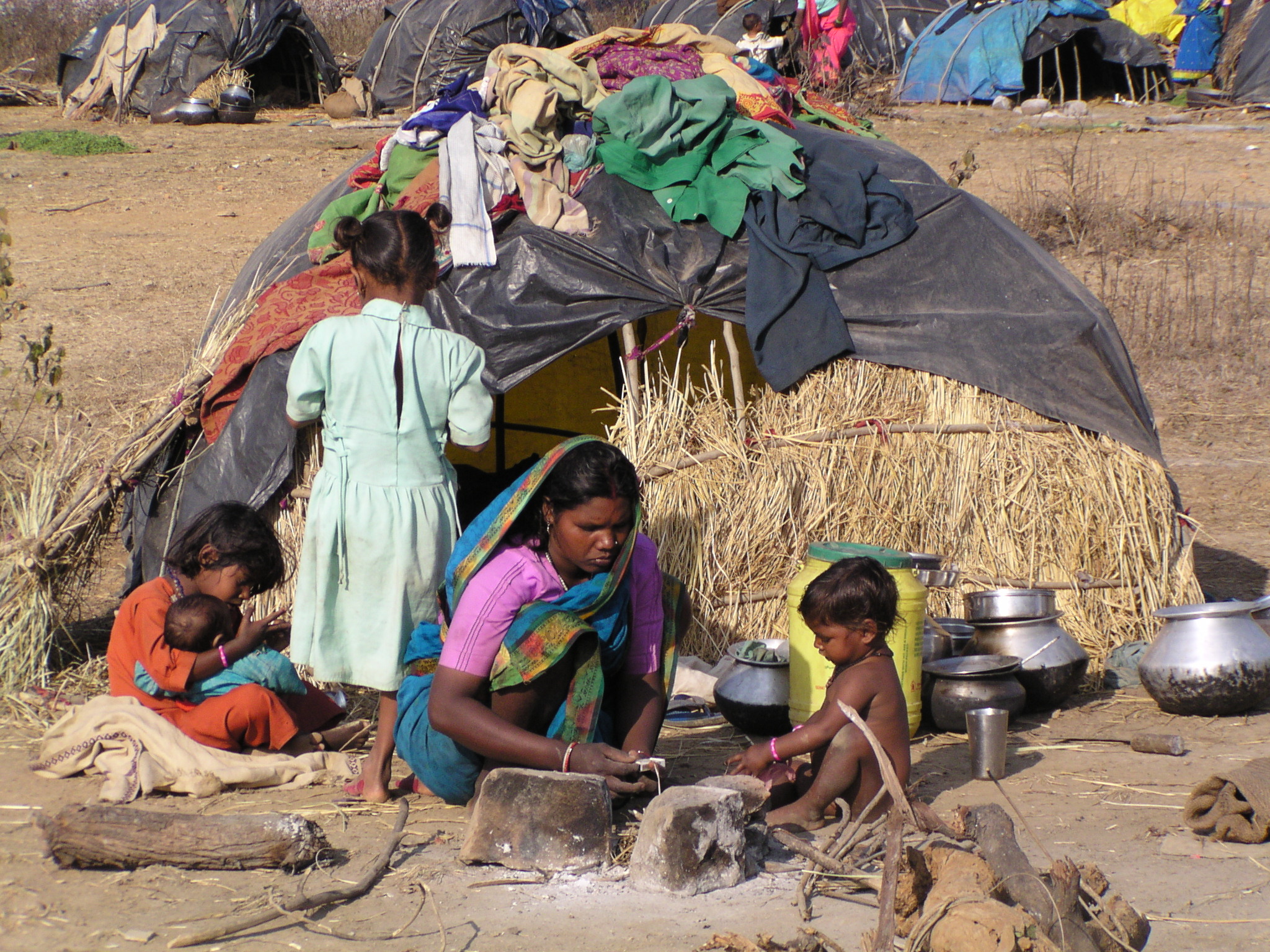|
Climate
Change:
Risk and Possible Effect on Women
Climate change is
a major threat to sustainable development. The worst affected of this
drastic change are the poor and marginalised sections of the society.
Here, it would be important to note that global climate change affects
both the genders in different ways. It was assumed that the negative
impacts of climate change and mitigation measures are similar on both
women and men. Clearly, it is not so.
Women and men experience climate change differently and the level of
adaptation and coping capacity of women are also unalike. Women are an
important actor of change and are more vulnerable to climate change as
compared to men. Women and men face dissimilar vulnerabilities due to
the different social rules and mores and not due to the fact that they
are naturally weaker. The vulnerability and capacity of a social group
to adapt to climate change depends greatly on the accessibility to
assets, resources, knowledge, technology, power, decision-making
potential, health, education and food. The more assets people have,
lesser is the vulnerability that they face. In many areas of research,
it has been proved that women tend to have limited access to assets as
compared to their gender counterparts.
In many developing countries, women are deprived of the capacity to cope
or learn about their vulnerabilities or, rather, being kept out from
accessing information. In most of the rural areas in India, women are
facing constraints on both mobility and behavioural restriction.
Direct and Indirect Risk of Climate Change on Women
Women and girls in developing countries face severe droughts and acute
water shortage at a much higher scale because they are the primary water
collectors, users and managers of water. If water availability reduces
the livelihoods of their families, it will be jeopardise and increase
their workloads. The decreasing water availability may have secondary
effects like less attendance and lower enrollment of girl children in
schools. It may also affect women’s engagement in income-generation
activities because they are most of the time engaged in fetching water.
Of the 115 million children of the world who do not go to school,
three-fifths are girls, and women constitute 75% of the world’s
illiterate population (OXFAM, 2007).
If we look at natural disasters and their subsequent impacts, on an
average basis, there are more women killed than men. Climate variability
plays a critical role in epidemics across the globe and as a result,
vector-borne diseases are increasing at an alarming rate. Women have
less access to health facilities than men and their workloads increase
because they have to spend more time caring for their sick family
members. Each year, approximately 50 million women living in countries
afflicted with malaria epidemics across the world become pregnant. An
estimated 10,000 of these women and 2, 00,000 of their infants die as a
result of malaria infection during pregnancy, which contributes to more
than half of these deaths (WHO, 2008).
It has been predicted that by 2050, climate change could result in plant
species extinctions ranging from 18 - 35%. The potential effect will be
vast reduction in the bio-diversity and traditional medicine options.
Women often rely on crop diversity for any climatic changes and any
variability and/or permanent reduction will impact on food security and
health. Rural women in particular are responsible for half of the
world’s food production and generate between 60 -80% of the food
production in developing countries.
Greenhouse gas concentrations have reduced rice harvest in most of the
developing countries, which is a major caloric intake of the population.
Women are already more vulnerable to the nutritional problem. The data
shows that 50% of the women and children in developing countries are
anaemic.
Environmental changes are likely to drive migration. According to United
Nations High Commission for Refugees (UNHCR), 80% of refugees in the
world are women and children. Migration leads to extreme changes to the
lifestyles of population and disasters could interrupt and limit their
opportunities for education.
Livelihoods insecurity in rural areas of developing countries causes
high migration rates. Men are more likely to migrate. The women and
children left behind are often the poorest. The workloads of these women
increase significantly as a result of male migration.
Interventions related to risk reduction of climate change and social
security should pay special attention to the need to enhance the
capacity of women to manage climate change risks with a view to reducing
their vulnerability and maintaining or increasing their opportunities
for development. There is an urgent need to adopt a gender responsive
approach towards climate change policies and actions to improve access
to skills, education and knowledge. Support is needed in every step to
build the capacities of women to help them raise their voice and develop
the potential capital to demand access to risk management instruments.
q
Nibedita Phukan
nphukan@devalt.org
Back to Contents
|